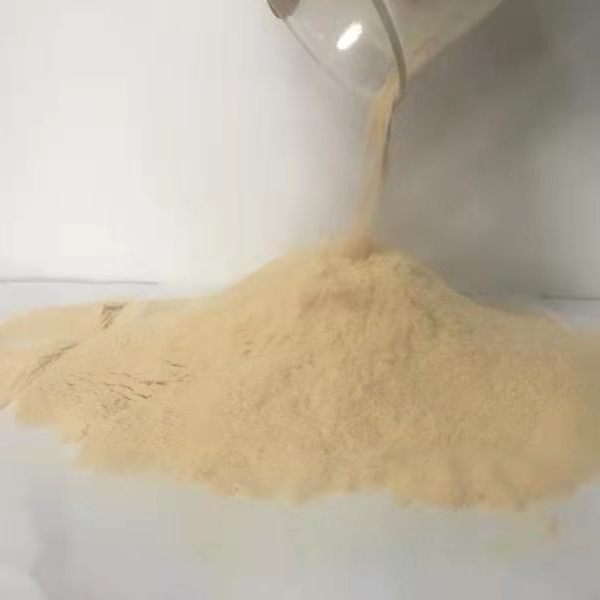
News
joulu . 13, 2024 11:15 Back to list
function of chelating agent
The Function of Chelating Agents in Chemistry and Biology
Chelating agents, often referred to as chelators, are substances that can form multiple bonds with a single metal ion. This unique property makes them invaluable in a variety of fields, including chemistry, biology, medicine, and environmental science. The word 'chelate' comes from the Greek word 'chēlē,' meaning 'claw,' reflecting how these agents grasp onto metal ions through multiple binding sites. This article explores the functions of chelating agents, illustrating their importance and applications across various disciplines.
Mechanism of Chelation
The primary mechanism of chelation involves the formation of a complex between a metal ion and a chelating agent. Chelators possess functional groups that can donate electron pairs, forming coordinate covalent bonds with metal ions. Common functional groups found in chelating agents include amino, carboxyl, hydroxyl, and thiol groups. The geometry of these complexes is typically more stable than that of simpler metal-ion solutions. This stability is largely due to the 'chelate effect,' where the formation of ring-like structures (chelate rings) enhances the affinity of the metal for the chelator, significantly reducing the likelihood of the metal ion being released back into solution.
Applications in Medicine
Chelating agents have important applications in medicine, particularly in treating heavy metal poisoning. Substances such as ethylenediaminetetraacetic acid (EDTA) and dimercaprol are commonly used to bind excess metal ions like lead, mercury, and arsenic in the body. By forming soluble, excretable complexes with these toxic metals, chelators facilitate their removal through urination. This therapy plays a critical role in reducing the toxic burden on the body and preventing long-term health complications associated with heavy metal exposure.
In addition, chelating agents are utilized in certain diagnostic tests. For example, in nuclear medicine, chelators such as diethylenetriaminepentaacetic acid (DTPA) bind to radioactive isotopes to create radiopharmaceuticals used in imaging and treatment. These agents ensure that the radioisotopes are stabilized and transported safely within the body, enhancing the efficacy of diagnostic procedures.
function of chelating agent

Role in Agriculture
In agriculture, chelating agents are employed to enhance nutrient availability in soils. Many essential micronutrients, such as iron, copper, and zinc, are often present in forms that are not readily accessible to plants due to their tendency to form insoluble compounds. Chelators can bind these nutrients into soluble complexes that plants can readily absorb. For example, iron chelates are commonly used in preventing iron chlorosis—a condition in which plants exhibit yellowing due to iron deficiency. By improving nutrient uptake, chelating agents contribute to healthier crop yields and sustainable agricultural practices.
Environmental Applications
Chelating agents also play a significant role in environmental remediation. They are used to extract and stabilize heavy metals from contaminated soils or industrial wastewater. By binding to these metals, chelators can reduce their bioavailability and prevent them from leaching into groundwater. Moreover, chelation can enhance the efficacy of phytoremediation techniques, where plants are used to uptake and sequester pollutants from the environment.
Conclusion
The function of chelating agents is multifaceted, influencing various fields, including medicine, agriculture, and environmental science. Their ability to form stable complexes with metal ions makes them powerful tools for detoxifying heavy metals, improving nutrient availability, and addressing environmental contamination. As research continues to unveil new chelator systems and their mechanisms of action, the potential for these agents to impact human health and environmental sustainability remains vast. Whether enhancing agricultural productivity or aiding in medical treatments, chelating agents are indispensable in our pursuit of safety and efficiency in both health and environmental applications.
-
Polyaspartic Acid Salts in Agricultural Fertilizers: A Sustainable Solution
NewsJul.21,2025
-
OEM Chelating Agent Preservative Supplier & Manufacturer High-Quality Customized Solutions
NewsJul.08,2025
-
OEM Potassium Chelating Agent Manufacturer - Custom Potassium Oxalate & Citrate Solutions
NewsJul.08,2025
-
OEM Pentasodium DTPA Chelating Agent Supplier & Manufacturer High Purity & Cost-Effective Solutions
NewsJul.08,2025
-
High-Efficiency Chelated Trace Elements Fertilizer Bulk Supplier & Manufacturer Quotes
NewsJul.07,2025
-
High Quality K Formation for a Chelating Agent – Reliable Manufacturer & Supplier
NewsJul.07,2025
